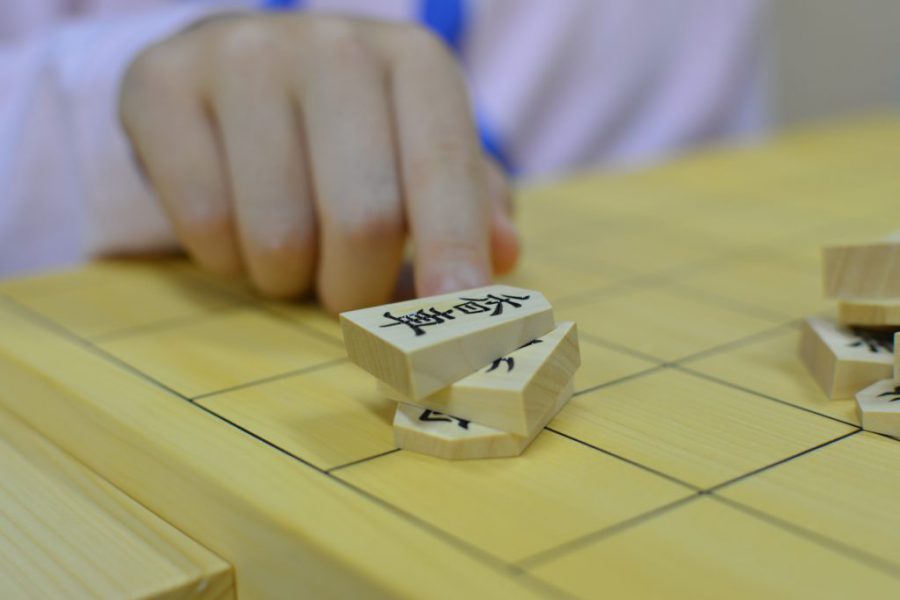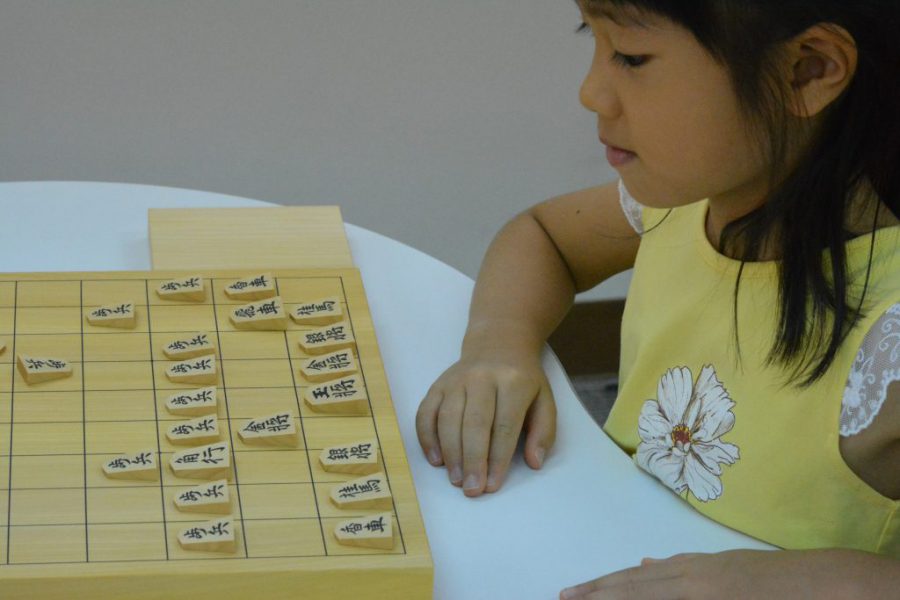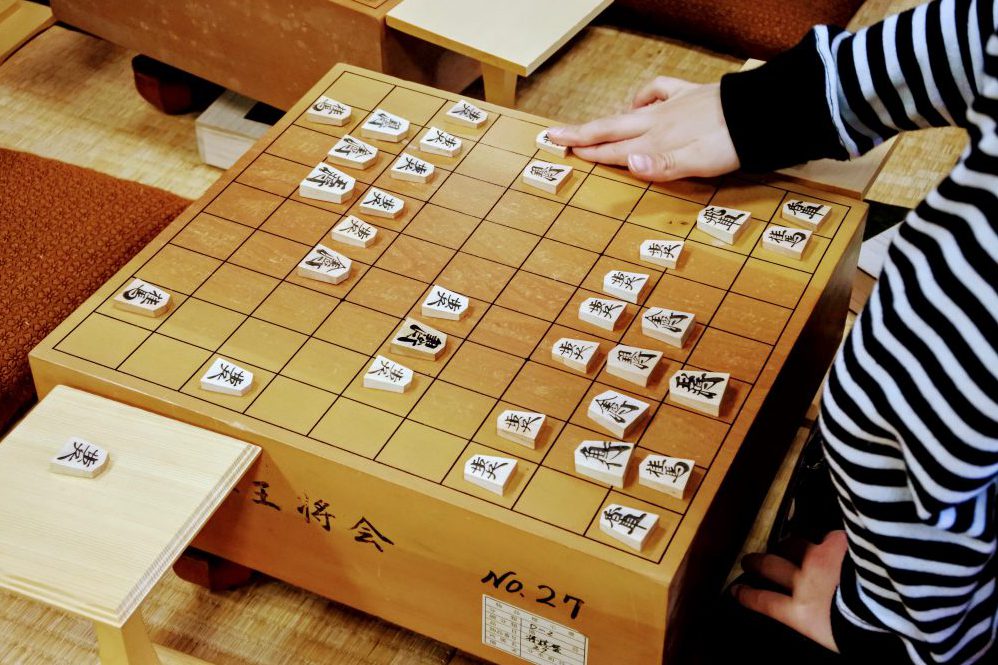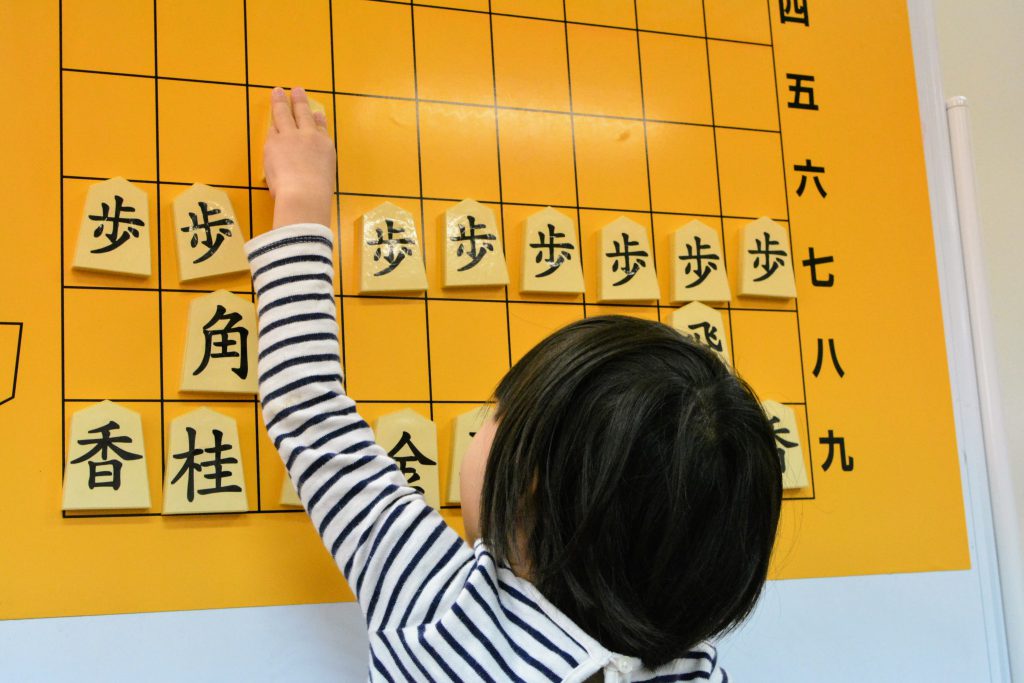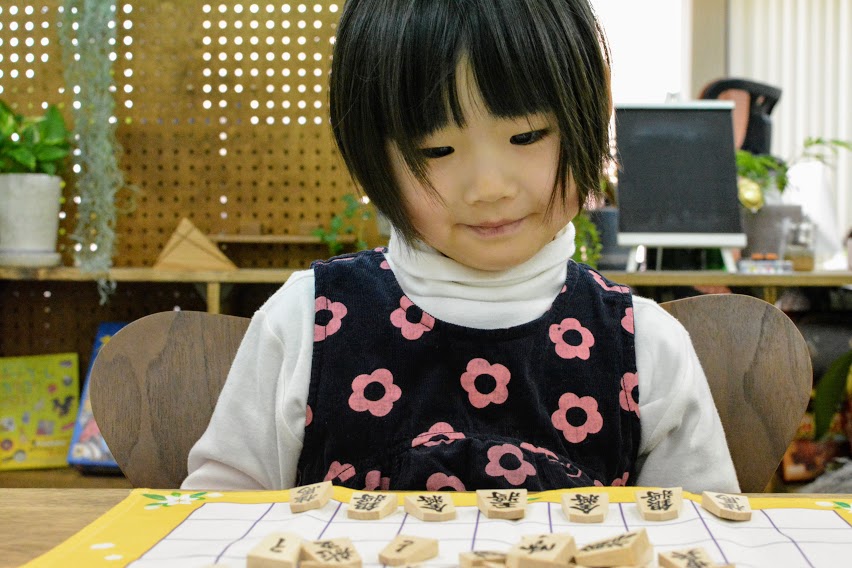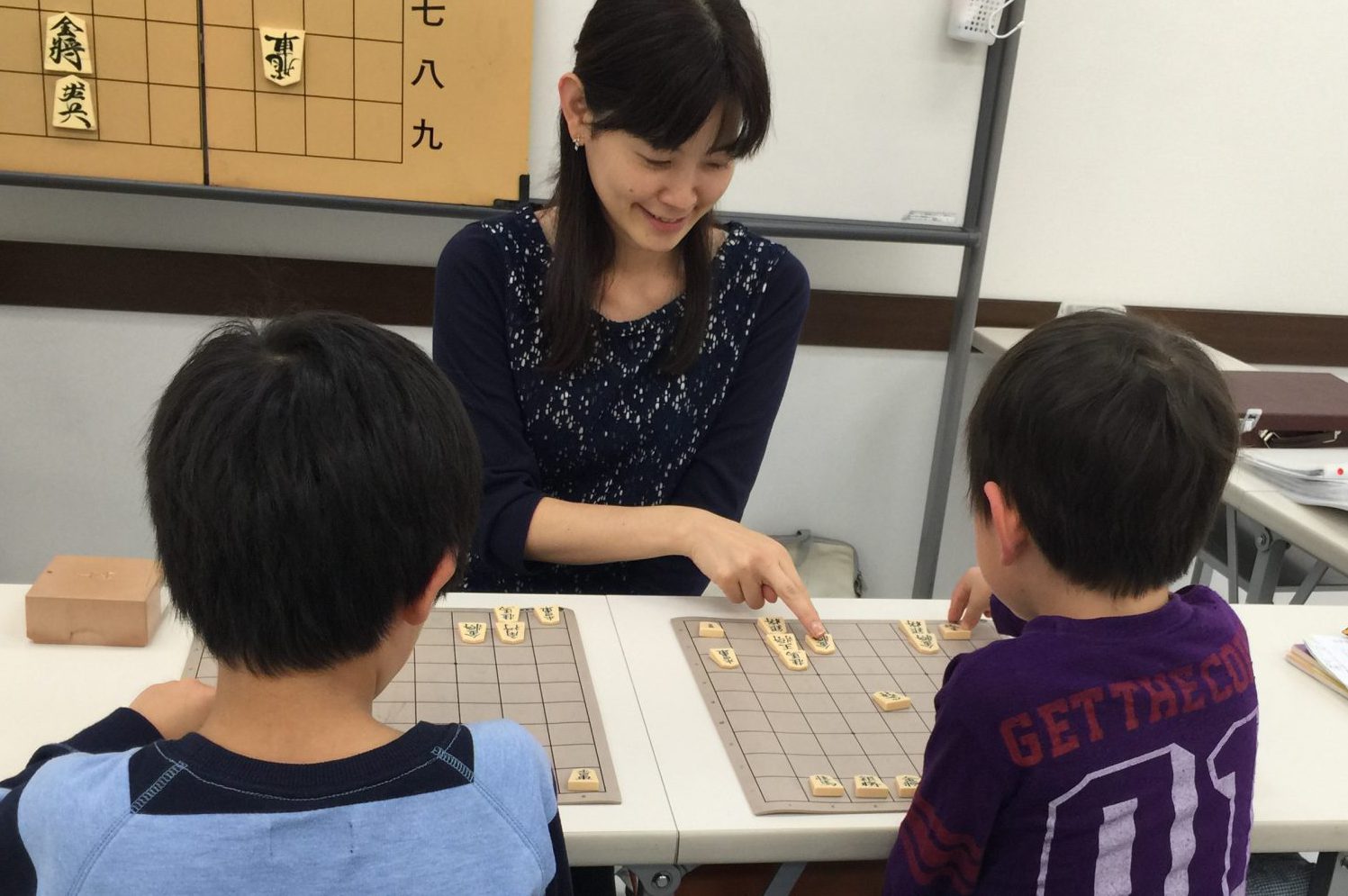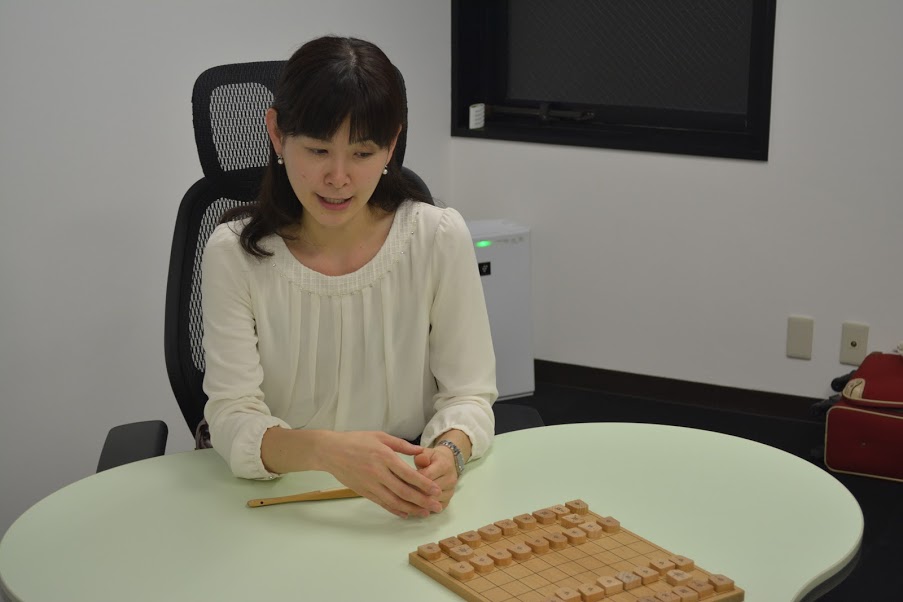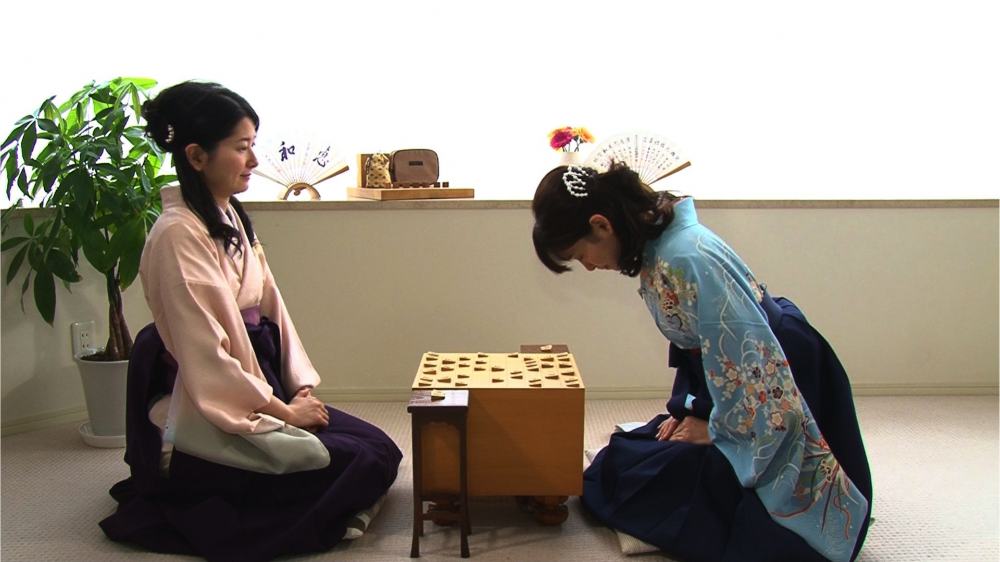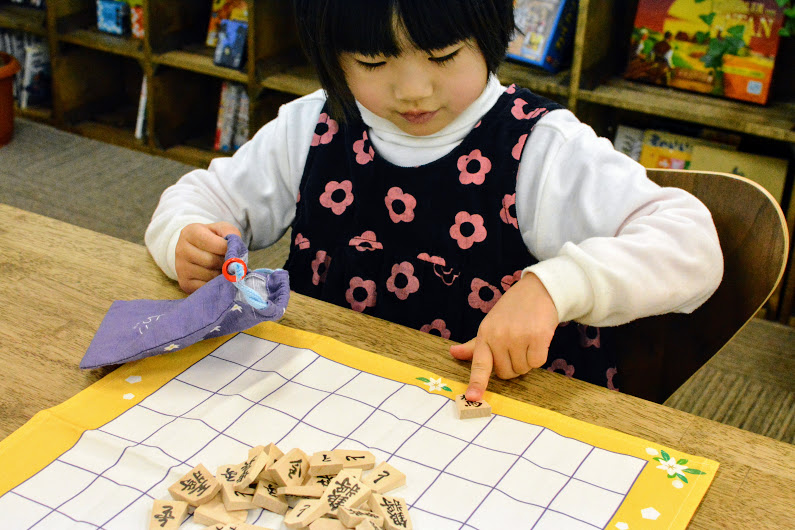I-tsu-tsu Blog
Shogi
-
Brain Training Games that a Child Can Play by Oneself
Looking at your child playing alone, you might wonder if he/she isn’t good at making friends. In fact, it is said that just because your children play by himself/herself, doesn’t mean he/she has some trouble in making friends. Rather, it is essential for personal growth. Also, for Moms who are busy doing household and child-raising, if your child play alone, you could use spare time effectively. Even though you can get some free time, children’s playing alone, say playing TV games or something with a smartphone, would make you feel unease. You probably want your child to allot such amount of time for something worthy. I think this is Moms’
Nae Kanamoto 2 June 2017
-
Shogi Rules – How to Play Shogi – : Step 2-6 Illegal Move, Nifu (Two Pawns)
Explore Art of Shogi A professional Shogi player invites you to the world of Shogi along with traditional Japanese culture. Shogi has a rule called Kinjite. Kinjite means illegal moves. We lose a game if we make illegal moves. Today, we are going to learn about Nifu, one of Kinjite. Nifu is the most commonly found illegal move among beginners’ games. Let’s check it out carefully. Nifu: Dropping a piece of Fu (Pawn) to a file where one’s another Fu (Pawn) is already placed is illegal in Shogi rules. It is okay to have a combination of To-Kin (Promoted Pawn) and Fu (Pawn) on the same file. Since the number of Fu (Pawn) piece
Akiko Nakakura 2 June 2017
-
Teamwork Learned from Shogi
I am ashamed to say that after having a job, at last I came to understand that we couldn’t live alone. Supposedly, club activities during the school days could be possible opportunities in which many people might learn the appreciation towards people around or the importance of teamwork. In Japan, there is a high school baseball tournament as a summer tradition. Players fight hard together impressively! You may view on Shogi as a game played silently. Not a few can’t even imagine that Shogi has something to do with teamwork. Actually, Shogi, a solitary game, creates a sense of teamwork. A teamwork existing in Shogi is coordination among pieces. When
Nae Kanamoto 26 May 2017
-
Partial Piece Formations: Five Castles with Snappy Names
As you know, Shogi is a game that resembles a real battle. Two players cleverly develop their strategies through the beginning, the middle, and the ending game to capture opponent’s King, as if they were heads of a country and a castle in the turbulent age. The most important stage throughout one Shogi game is the beginning. During this beginning stage, you may be busy to prepare for a battle, and at the same time to build a solid castle to protect your dear King. In Shogi game, this castle is named as “Kakoi”. Kakoi, a partial piece formation, represents as one of Shogi strategies in which you enclose your
Nae Kanamoto 25 May 2017
-
Partial Piece Formations: Five Castles with Lovely Names
The other day, we wrote an article titled “Partial Piece Formations: Five Castles with Snappy Names”. As I mentioned in that article, castles observed in Shogi are named “Kakoi”, which is one of Shogi strategies and some partial piece formations to enclose your King with some pieces. Speaking of castle in Shogi games, there are some majestic ones like Japanese castles and also not a few cute ones, whose names make girl’s heart sing like a fairy tale. Probably you may view on Shogi too classic to play. But, what if Shogi had something out of a fairy tale? Why not give it a try? So, I would like to
Nae Kanamoto 24 May 2017
-
Shogi Rules – How to Play Shogi – : Step 2-5 Address of Shogi Piece
Explore art of Shogi. A professional Shogi player invites you to the world of Shogi along with traditional Japanese culture. *Please note that the Kanji numbers in pictures are spelled in English in the text. The following Shogi boards have a face with files (vertical rows) numbered 1 through 9 from right to left, and ranks (horizontal rows) designated with Kanji characters, “一” (One) to “九” (Nine), from top to bottom. On the other hand, in the text, each Kanji character is replaced with an alphabet, from “a” to “i” : “一” with “a”, “二” with “b”, … and “九” with ”i”. Like your house, Shogi board has an address.
Akiko Nakakura 18 May 2017
-
Five Praise Points for Children Who Have Just Started Playing Shogi
When you raise your children, it is important that you praise them so that they can thrive on compliments. It is also the case with Shogi. (Personally, I also perform better with compliments!) Since Shogi is a game to be finished with a clear result, winning or losing, we are likely to focus on the result of the game. As I mentioned several times in this i-tsu-tsu blog, children who have just started playing Shogi would find it difficult to keep playing the game until they decide a winner. If parents pay attention only to the game result, children would have fewer opportunities to be praised in Shogi. Here are
Nae Kanamoto 18 May 2017
-
Ladies Professional Shogi Player’s Five Secrets–In Order for Children Not to be Afraid of Losing a Game–
Many mothers of children who play Shogi claim, “My child is reluctant to play a Shogi game, being afraid of losing a game”. As a professional player, I can tell how children are disappointed when they lose a game. Also, it’s quite natural for human beings to be afraid of losing a game, but rather good for children. At the same time, as a mother of three children I can understand that mothers want her children to play Shogi with the other child. Experiencing to lose a game is also one of important life experiences, and more importantly playing with different persons will provide deeper and broader interest in I
Akiko Nakakura 28 March 2017
-
“I’m glad to have Shogi!” – Five Stories, I-tsu-tsu Staff Version–
Our company, I-tsu-tsu, works every day under our vision, “surprise of real Japanese traditional culture for your child” Once you become I-tsu-tsu employee, inevitably you will be involved with Shogi deeply, regardless of ability to play Shogi. I am not exceptional. Today, I interviewed our five team members, asking about the good things that have happened to them through Shogi. 1. Meeting with various people I have encountered many people at any age, sometimes from overseas, having the common interest to Shogi. When I was a child, I played Shogi with my father and many adults, such as teachers at a Shogi hall. Now, as a teacher, I have a
Nae Kanamoto 27 March 2017
-
Let’s Compare Shogi with Other Board Games ~Geister~
Shogi is a representative of Japanese board games. We would like to start a series of “Let’s compare Shogi with other board games” to remind the charm and depth of Shogi. We ask for your kind understanding that we are not a professional board game critic. So, the first game to commemorate this series is “Geister.” Each player tries to transport his/her good ghosts to the opponent’s camp capturing good ghosts (blue) and evil ghosts (red) mutually. Occasionally, a player lets the opponent capture ghosts on purpose. The rules are fairly simple and a game does not take too long. Even young children can fully enjoy this game. 1. Basic
Nae Kanamoto 26 March 2017
-
Very Japanese Style Observed in Behavior When Making Illegal Moves–Be a Graceful Loser–
The other day, we posted an article regarding to “Kinjite,” illegal moves in a game, in a series of “Shogi Rules – How to Play Shogi –” That article explains one of “Kinjite,” Nifu. What surprised me the most is the way to deal with the situation when you make an illegal move. Let’s have a quick review of that article. Shogi has a rule called Nifu; you can’t drop a piece of Fu (pawn) to a file where your Fu has been already placed. Basically, you will lose a game at the moment when you drop the second Fu. And if you notice your opponent’s making an illegal move,
Nae Kanamoto 23 March 2017
-
Five Tips to Teach Shogi to Novice Children
Generally, instructors teach Shogi through playing games in Shogi classes and practice halls. Therefore, I think that not a few instructors feel puzzled to teach complete novice children who don’t know how to move pieces at all and have never touched Shogi pieces before. So, today, we would like to introduce some easy tips to teach Shogi to completely novice children. It could be a rare case for a complete novice child without any knowledge of piece moves comes to a Shogi class. However, I think those novice children should be the biggest target for us to introduce charms of Shogi considering popularization of Shogi. You might have already experienced
Akiko Nakakura 22 March 2017
If there is anything we can help you with,or you have any questions,
please do not hesitate to contact us.

